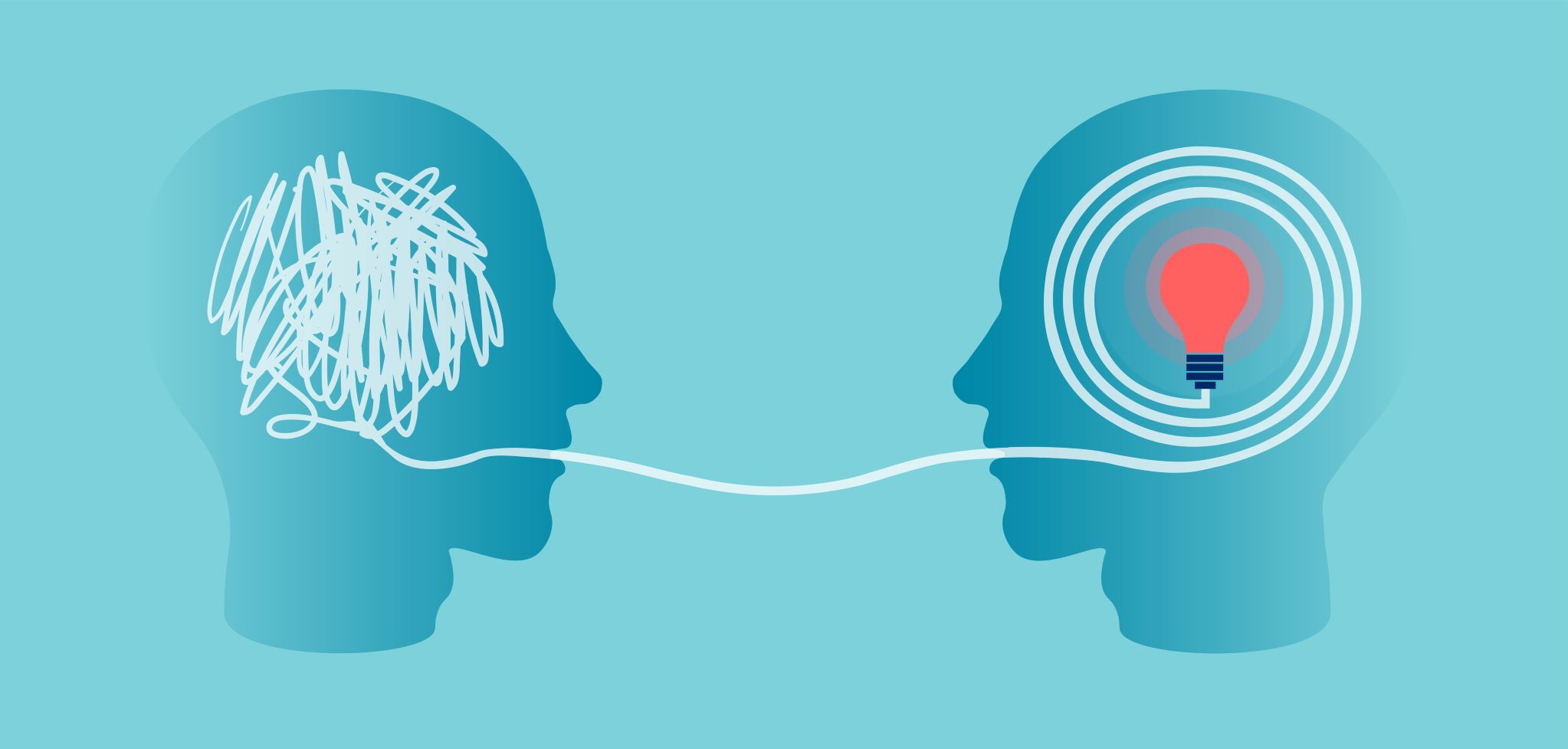by Buck Institute
May 26, 2020 . BLOG
Faculty Guest Blog: Delirium and COVID-19
 By Dr. John Newman, Assistant Professor at Buck Institute and Assistant Professor, Division of Geriatrics at UCSF Medicine
By Dr. John Newman, Assistant Professor at Buck Institute and Assistant Professor, Division of Geriatrics at UCSF Medicine
I really enjoyed participating in the Buck’s recent COVID-19 webinar series and it was really gratifying to get such a positive response. As both a physician and a research scientist I thought it would be helpful for me to go a bit deeper on a few topics that are particularly important to me, so that’s what I’ll be doing in a series of three blog posts.
In this first post I want to talk about the risks of hospitalization for older adults and my best advice for how to avoid them. This is on everyone’s minds as we read news stories or hear from friends and family about the hospitalization experience for COVID-19 patients. In particular I want to focus on delirium. Delirium is a sudden state of confusion and it’s a common side effect of illness in older adults. Delirium is not dementia (I’ll dig into this more below) as it arises quickly and can resolve just as fast with the right treatments. It has specific triggers, and we have learned a lot about how it can be avoided in hospital settings. It has only recently started receiving the serious attention it deserves. Delirium has been a particular focus of mine as a geriatrician and I’m really happy to see the increased focus on this condition.
So first, what is delirium and why does it happen? Delirium is an acute state of confusion that often accompanies illness in older adults, especially in hospital settings. Its onset can be triggered by numerous factors, including infections, certain medications, metabolic imbalances (like low sodium), and even heart attacks, strokes – or COVID-19. Sometimes delirium is the first sign of a really serious medical condition, arising before “textbook” symptoms like shortness of breath for a pneumonia. Diagnosing and treating the medical condition that triggers delirium is crucial to stopping it – and healing the patient! But the experience of being in a hospital and the attendant disruptions, like catheters, tubes, being woken all night, and staying in bed all day can also contribute to delirium by making the brain more susceptible.
Delirium manifests as individuals being confused, paranoid, and upset, even having hallucinations. Many patients seem “agitated” and hyperactive but others look extra drowsy or “out of it”. While dementia is a risk factor, anyone can get delirious if they are sick enough, and a key difference is that delirium will get better if diagnosed quickly and treated appropriately. In the past and even up until recently, delirium was mostly dismissed as “just what happens to old people” or something to be (mis-)handled with restraints and sedatives. We know better now.
Over the past 20 years there has been a developing awareness that (1) delirium is a serious medical condition with long-term consequences, and (2) many cases of delirium, especially hospital-induced cases, are preventable. Patients who are hospitalized are often given sleeping medication and too much or too little pain medication. They might not be eating or drinking enough. They’re not moving around, they’re isolated, and the rhythm of the day is completely disrupted. Regardless of other medical problems, this sounds like a recipe for confusion. Carefully managing these things makes patients more resilient to delirium, and can prevent about half of all cases.
As Dr. Sharon K. Inouye (a hero of delirium research) discusses in her excellent NY Times Op-Ed, a focus on more humanistic care has reduced the incidence of delirium in hospitals over the past few decades, but COVID-19 is challenging this progress. It turns out that moving around, interpersonal interaction, and plenty of family visits can do a ton to help prevent the condition. COVID-19 presents a particular challenge to these activities, however. Family visitors are not allowed and medical staff are completely covered with gowns, gloves, and masks. Many hospitals are overwhelmed and frontline workers don’t have a spare minute for conversation or to help someone take a walk around the room. Dr. Inouye shares a quote from a Danish doctor saying “it’s difficult to provide the humanistic care necessary to prevent delirium. All our patients are delirious, just like 20 years ago.”
Luckily, Dr. Inouye also shares some simple advice that can help improve this trajectory. These include opening the blinds during the day to let in the sunlight and providing puzzle books to help keep up mental activity. In general, anything that can make the hospital experience feel more human and less alien will help prevent delirium. For clinicians, she has provided a toolkit of resources and screening tools that I encourage everyone to take a look at.
Of course, the best way to avoid COVID-19-related delirium is to avoid COVID-19. As things start to open up, I encourage everyone to maintain vigilance about physical distancing, mask wearing, and hand washing. Be aware of your own risk factors and take them into consideration when planning outings—just because you can go to a restaurant doesn’t mean you should. This pandemic is far from over, and until there are treatments and vaccines we all need to do active work to stay safe. The Bay Area in particular is coming through this pandemic much better than many were predicting. I’m so proud to be a part of this community and I thank everyone for doing their part. Keep it up to continue to protect yourselves and each other.

SHARE